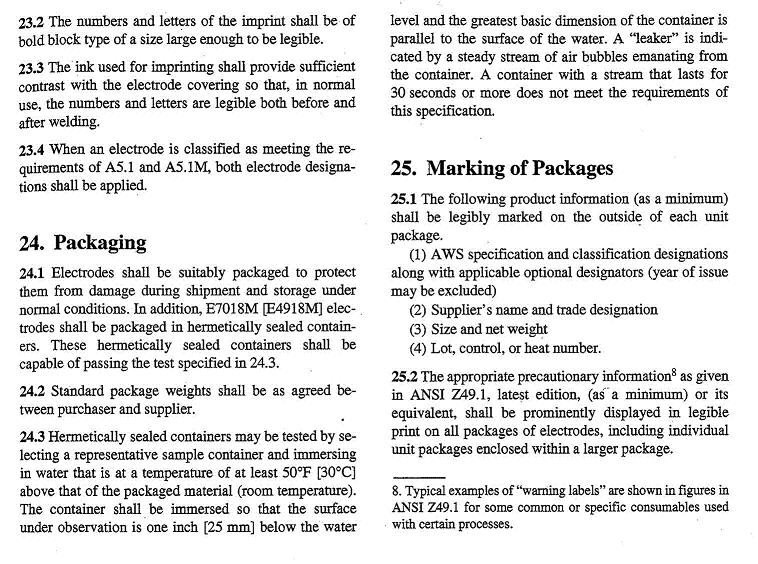
Problem with that definition is that if the bubbles only last for 29.5 seconds....that only means that it had a little bit of air in the box and that they are now soaking wet even quicker than if they had slightly pressurized air in the box.....LOL...I'm betting that your duct tape will work too.
Smaller the box, the less air that can be trapped inside the box, so you could squish the box down and then dunk it....that would most likely lower the number of seconds that air will be escaping from the box.

